Visit or Call Our Sleep Guide Texas Showrooms
Our Texas Showrooms Are Here To Help With All Your Favorite Online Brands! And We Offer Exclusive Coupons To Save More!
Learn MorePlease note, we are proudly supported by our readers. The product links are referral based and if you purchase an item we make a small commission. For more information please see our disclosure page.
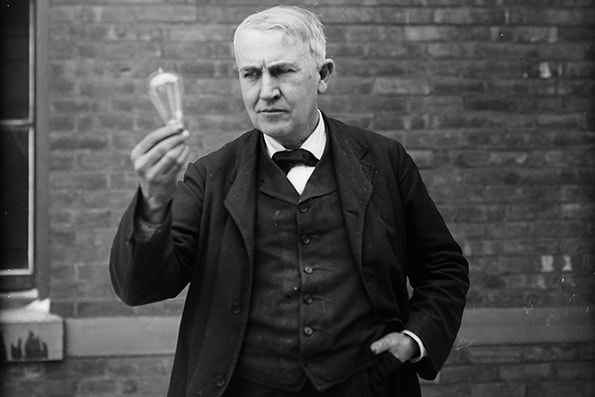
I’ll tell you – that darn Thomas Edison and his lightbulb have officially ruined your sleep. Well, that might be a bit dramatic, but taking a look back in time you can see how our sleep has changed with the times.
You probably don’t know real darkness. It began to disappear less than two centuries ago when gas light. And then electric light, erased darkness and changed our world – and our sleep. And it is only in the last two decades that the history of sleep, including the effect of artificial light on sleep, became a subject of serious scholarship.
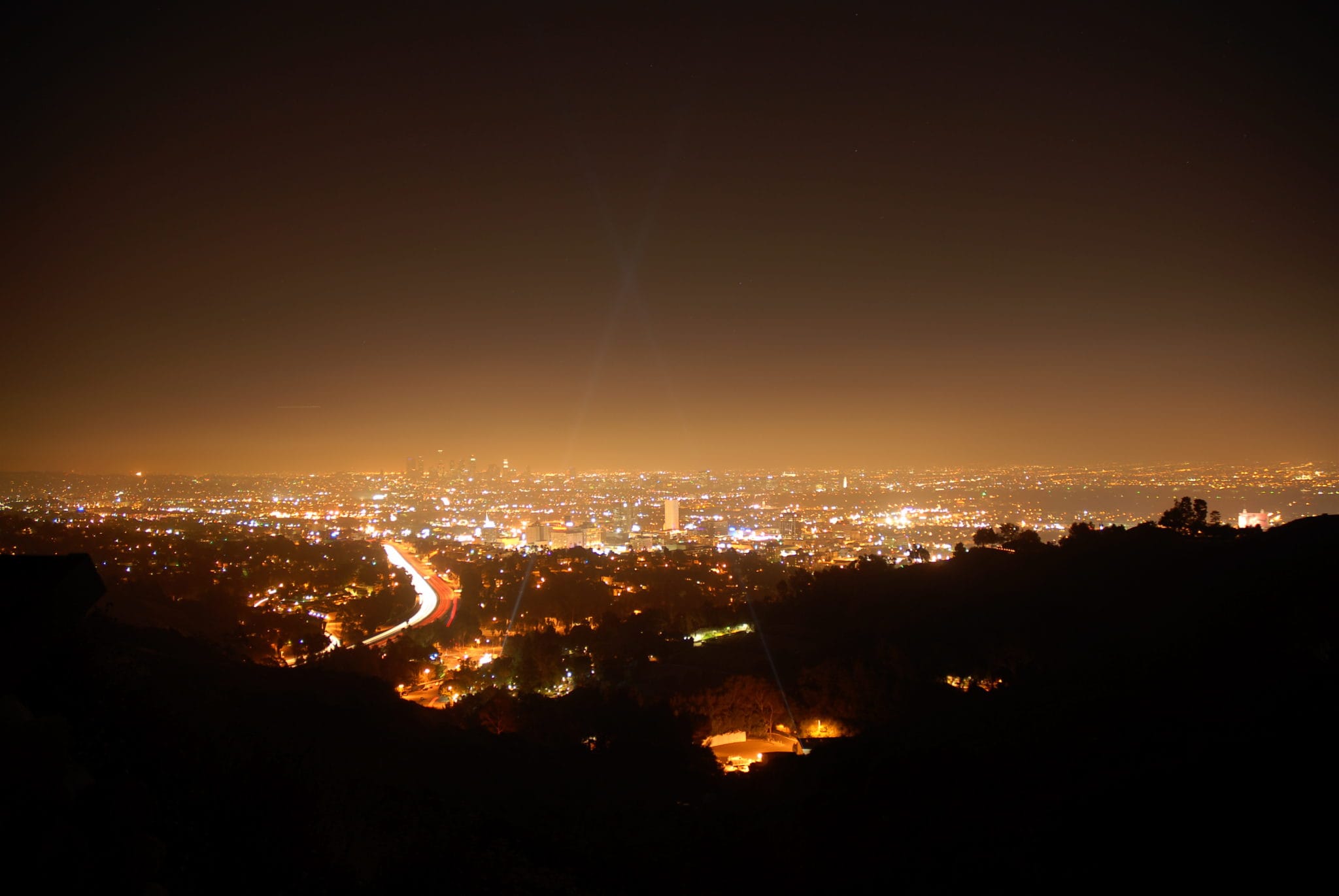
Consequently, they stayed inside at night, just as most humans had for thousands of years. Now, very few Americans – and even fewer Europeans – experience that earlier total darkness. More than 99% of us live where there is measurable skyglow. Thus lighting our surroundings, at least to some degree. Thanks to Edison, the skyglow from Las Vegas is visible in Death Valley, 100 miles away. It is part of what we now consider “light pollution.”

We all know the story of Abraham Lincoln, studying only by the light from his cabin fireplace. That inadequate, or non-existent, indoor light meant that Americans, along with most other people of that time, retired to bed after sunset. But we now know they spent those bedtime hours quite differently than we do today.
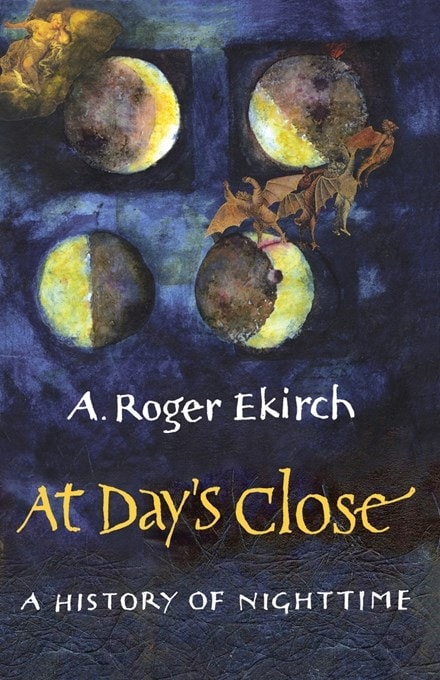
“Humans slept twice,” Ekirch says. “a deeper first sleep from sunset until around 2am. Followed by an interval of wakefulness, usually lasting an hour or two. Then a lighter second sleep until around 6am, or later in the winter.”
Ekirch found more than 500 historical written references to “first sleep” and “second sleep,” ranging from Chaucer through the 18th Century. A 16th Century French doctor’s manual counseled that the best time to conceive was “after the first sleep” when the couple would have “more enjoyment” and “do it better.” Other wakeful period activities included talking, eating, praying, and even raiding the neighbor’s woodpile.
According to Ekirch, it was the advent of indoor electric lighting that nudged us into the idea that we are designed to sleep straight through the night, rather follow thousands of years of our natural biphasic pattern.
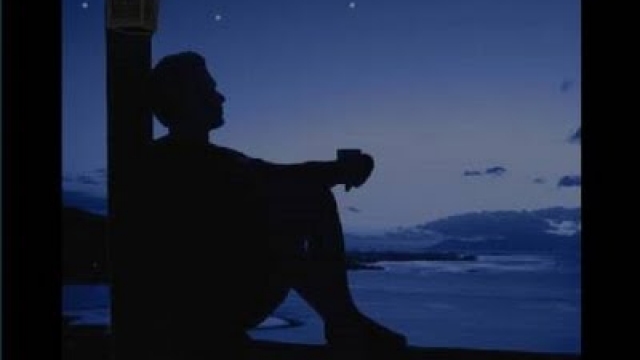
By the end of the experiment they’d settled into a daily pattern of sleeping three to five hours. Then waking for one to two hours, and then going back to sleep for another three to five hours. The experiment seems strong evidence that biphasic sleep is our natural preference. It just doesn’t work all that well in our modern world.
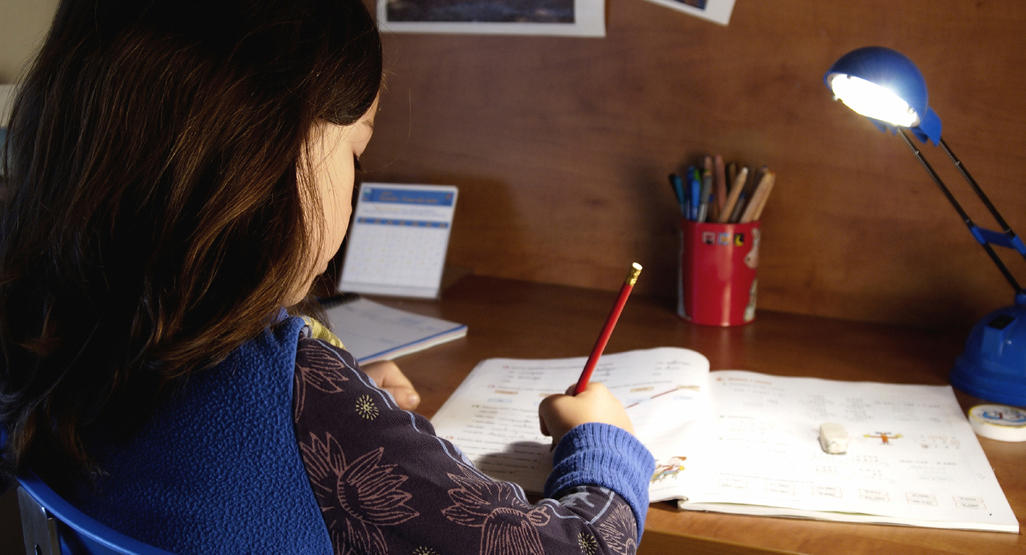
Many chores not easily be done by candlelight or fireplace light became. Sewing a patch on a garment, for instance, was much better done under a lightbulb. All these options encouraged people to remain awake during the first hours of evening darkness. The consequence was the “phasing out” of biphasic sleep.
The price we paid for those lighting advances was the exchange of natural biphasic sleep for “consolidated sleep.” Seven or eight hours of sleep intended to be continuous, and without interruption. We’d added hours of early evening activity at the cost of the time we once allocated to middle of the night wakefulness.
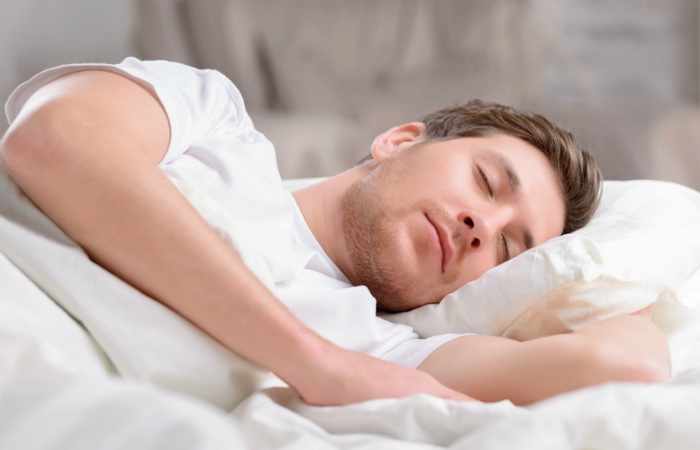
“Nocturnal awakenings aren’t abnormal at all; they are the natural rhythm that your body gravitates toward….it is the compressed, continuous eight-hour sleep routine to which everyone aspires today that is unprecedented in human history. The dominant pattern of sleep, arguably since time immemorial, was biphasic.”
In other words, waking up in the middle of the night is not our fault! We once accepted it as natural, but electric light made it a problem by shortening the time we spend in bed.
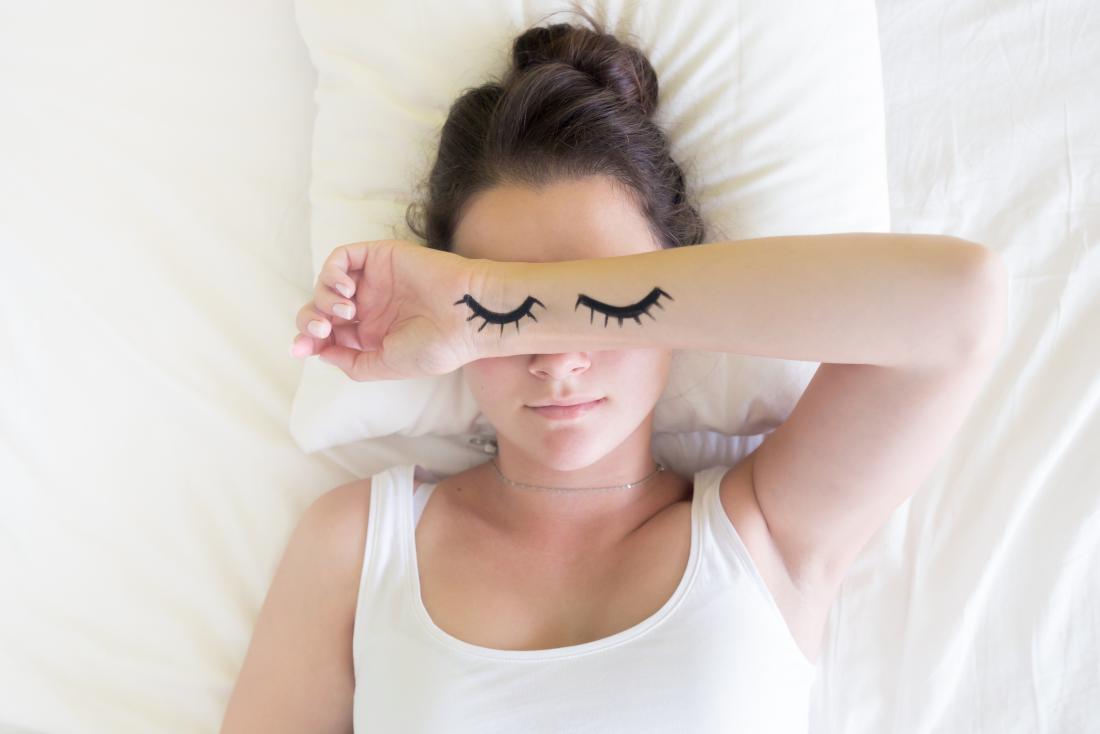
“I thought I was an insomniac. Struck night after night with sudden wakefulness at 2am or 2:30am in the morning. I would fight it, I would try to go back to sleep, I’d drink tea. I would do all the things that everyone tells you to do for insomnia, but none of it really worked. Years later, I’ve learned to embrace my wakefulness instead of fighting it.”
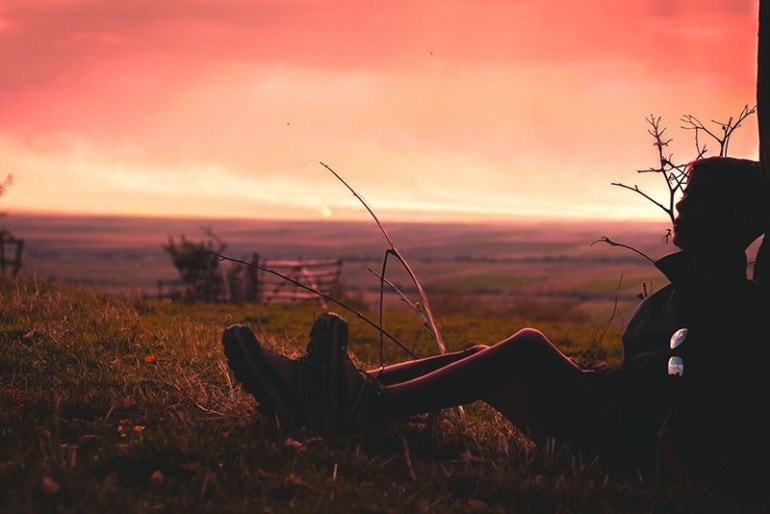
There is probably no Viking raiding party creeping up on your undefended village, your house has locks and smoke alarms, and you can always dial 911 if you do spot real helmeted marauders. Finally, your mattress is (or should be) infinitely better than anything your ancestors slept on – nothing alive inside it, and no straws poking through the ticking.
In short, the hours you do sleep are likely deeper and more refreshing than the sleep of your great-great-greats – or even the sleep of their kings and queens. Had Columbus returned from America with an adjustable foam bed, instead of tobacco, Queen Isabella would probably have dumped King Ferdinand and replaced him with Christopher.
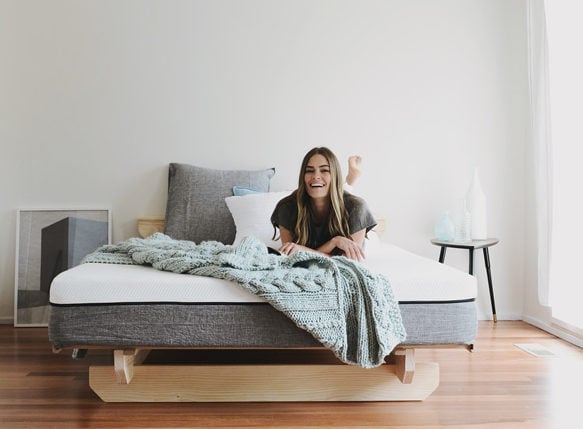
Wither your goal is to try getting a seven to eight hour night of sleep. Or a more natural biphasic style, Our Sleep Guide will help you sort through hundreds of choices of mattresses. Narrowing the field by selecting characteristics you already know you prefer; harder or softer feel, foam or coil, inexpensive or “the sky’s the limit.” And once you’ve made your choice, you’re not stuck with it. Most online mattresses come with return privileges.
So jump over to some of our favorite mattresses HERE! Or peruse our list of mattress options HERE. You can’t go wrong with so many great options readily available. So, good hunting! – and quit worrying about waking up occasionally – it’s part of sleeping!
Thanks Uncle CT, our contributing writer, for another great piece! Learn plenty with all of his informative and fun to read pieces.
Our Texas Showrooms Are Here To Help With All Your Favorite Online Brands! And We Offer Exclusive Coupons To Save More!
Learn More